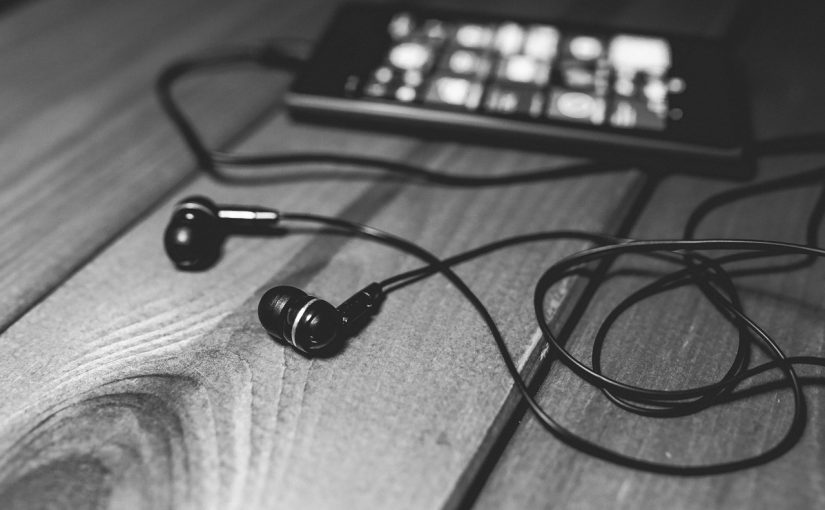The Evolution of Music Distribution in the 2000s: Streaming and Mp3 Juice Downloads
Entertainment Mp3 Juice, Mp3JuiceThe 2000s had been a transformative interval for the music trade, characterised by a shift from bodily codecs to digital music distribution. This essay explores two important features of this transformation: music streaming and MP3 downloads. These developments not solely modified how we consumed music but in addition had cultural, financial, and technological implications.
I. The Rise of Music Streaming
1.1 Early Pioneers
The early 2000s witnessed the emergence of music streaming platforms like Pandora and Final.fm. Pandora, based in 2005, launched customized web radio, curating playlists primarily based on customers’ musical preferences. Final.fm, established in 2002, targeted on music suggestions and social networking round music. These platforms laid the groundwork for what would change into a revolution in music consumption.
1.2 The Recreation-Changer: Spotify
In 2008, Spotify, a Swedish music streaming service, made its debut and revolutionized music streaming. Providing an unlimited catalog of songs that customers might stream without cost (with advertisements) or subscribe to for an ad-free expertise, Spotify rapidly gained world recognition. Its user-friendly interface and social options, permitting playlist sharing and music discovery, performed a pivotal position in shaping the music streaming panorama.
1.3 Technological Enablers
Excessive-speed web entry was a important enabler for music streaming’s success. Within the 2000s, broadband connections grew to become extra accessible and reasonably priced, eliminating buffering points and enabling seamless music streaming experiences. Furthermore, the proliferation of smartphones and cell apps additional facilitated on-the-go music consumption, making streaming an integral a part of day by day life.
II. MP3 Downloads: The Digital Possession Revolution
2.1 Transition from Bodily to Digital
Earlier than the digital revolution, music was primarily distributed in bodily codecs resembling vinyl data, cassette tapes, and CDs. Nevertheless, the 2000s noticed the rise of digital music downloads, with probably the most notable format being the MP3 from locations resembling Mp3 Juice. This transition marked a big departure from proudly owning bodily copies to proudly owning digital recordsdata.
2.2 The Function of iTunes
In 2001, Apple launched iTunes, a digital media participant and on-line music retailer that modified the sport. iTunes allowed customers to legally buy and obtain particular person songs or albums, offering a reputable different to unlawful peer-to-peer (P2P) sharing. It not solely provided comfort but in addition created a brand new income stream for artists and document labels within the digital age.
2.3 The Lengthy Tail and Independence
MP3 downloads additionally introduced concerning the idea of the “lengthy tail” in music distribution. Not like bodily shops with restricted shelf house, on-line platforms might supply an intensive catalog, permitting lesser-known musicians to achieve a world viewers. This democratization of music distribution empowered impartial artists, giving them management over their careers and earnings.
III. Influence on the Music Business
3.1 The Decline of Bodily Gross sales
As music streaming and MP3 downloads gained traction, bodily gross sales, resembling CDs, skilled a pointy decline. Customers had been more and more drawn to the comfort and affordability of digital music, resulting in a basic shift within the music trade’s income mannequin.
3.2 New Income Streams
Each music streaming and MP3 downloads created new income streams for artists. Streaming platforms paid royalties primarily based on the variety of streams, permitting artists to earn earnings from an unlimited viewers. However, MP3 downloads from Mp3 Juice provided artists a share of gross sales income, giving them extra management over their earnings.
IV. Cultural Implications
4.1 Music Possession vs. Entry
The rise of MP3 downloads emphasised possession, permitting customers to create everlasting digital libraries of their favourite music. In distinction, music streaming provided entry with out possession, selling a extra ephemeral strategy to music consumption. This shift influenced how customers perceived and valued their music collections.
4.2 DIY Mixtape Tradition
MP3 downloads performed a pivotal position within the revival of the mixtape tradition. Customers might simply compile their favourite tracks into customized playlists or mixtapes, fostering a way of music discovery and neighborhood. Sharing these mixtapes with pals and on-line communities grew to become an indicator of the 2000s music expertise.
V. Challenges and Considerations
5.1 Battle Towards Piracy
With the rise of digital music, piracy and copyright infringement grew to become main considerations. Unlawful P2P file-sharing networks operated extensively, providing copyrighted music without cost. The music trade responded with authorized actions in opposition to each file-sharing platforms and people engaged in copyright infringement.
5.2 DRM and Digital Rights
To guard digital music gross sales and downloads, Digital Rights Administration (DRM) know-how was carried out. DRM imposed restrictions on how customers might use their bought music, aiming to fight piracy. Nevertheless, it additionally pissed off reputable shoppers, who felt restricted of their use of legally acquired content material.
In conclusion, the 2000s witnessed a profound transformation in music distribution, marked by the rise of music streaming and MP3 downloads. These developments not solely modified how we eat music but in addition formed the music trade, tradition, and know-how. Whereas the period introduced each alternatives and challenges, it laid the inspiration for the digital music ecosystem we all know at present.

